In Me And White Supremacy****, Layla F Saad encourages white people to become ‘better ancestors’. The book – published in January - also addresses the questions many white people are asking themselves in the wake of the police killing of George Floyd and the international Black Lives Matter protests. If you’re wondering: what can I do to help combat racism? What do anti-racist deeds - rather than easy mantras for social media - actually look like? Buying Layla’s book and working through its daily pointers can help white people to answer those questions ourselves. And it appears many are making those first steps using Layla’s book, which this week has climbed both the Sunday Times and New York Times bestseller charts. To find out how I found the challenge, and more about Layla’s goals, please read my feature from January below.
What with Meghan and Harry fleeing the country, monkey jeers at football matches and Laurence Fox’s controversial appearance on Question Time (in which he accused an audience member of being racist for calling him a ‘white privileged male’), it’s clear the UK’s got a problem with race. Indeed, racist hate crimes affecting BAME Britons have risen 11% in the past year.
So the release of the book, Me And White Supremacy, by anti-racism educator Layla F Saad, feels timely.
Back in 2018, Layla introduced the 28-day ‘white supremacy and me’ challenge to her Instagram followers – with more than 80,000 downloading it. And now she has turned that challenge into a book.
Day by day, her challenge takes readers through different forms of racism, such as colour-blindness (‘The only race I see is the human race!’) and white fragility (‘How dare you suggest I’m racist, you racist’), prompting a deep-dive into their own experiences with questions such as, ‘In what ways have you been apathetic when it comes to racism?’
The challenge and resulting book, in other words, is designed to illuminate that it’s not just people marching in pointy white hats who uphold white supremacy. ‘We can’t change what has happened in the past,’ Layla tells me. ‘We weren’t there when it happened then, but we are here, right now.’
I’ve spent the last month taking on the challenge, initially optimistic about it because, I figured, I’m a decent ally to begin with. Like many, I like to convince myself that that’s enough – but, when it comes to racism, it’s not.
Layla’s challenge requires readers to look deep within themselves to unpick their attitudes towards people of colour. Each day they are asked to write about their experiences and behaviours towards BAME people.
On day one, for example, I read about white privilege. It points out that the ‘legislative, systemic and cultural norm’ has allowed me, a white woman, to glide easily through the world. I was prompted to think about white scholar Peggy McIntosh’s list of all the ways in which white privilege shows up, for example: ‘If my day, week, or year is going badly, I need not ask of each negative episode or situation whether it has racial overtones.’
On day four I was encouraged to think about when I’ve stayed silent when it comes to race and racism. I thought of the times I’d decided it wasn’t worth rocking the boat, such as when my driving instructor compared black men to silverback gorillas, or when a friend used the n-word while rapping to a song.
On day 20, the challenge asked me to think of how easily I respond to being called out for racist actions. I noted how, when I’ve been criticised, mostly on Twitter – as I was after I went on the radio to talk about Serena Williams and race, when maybe that wasn’t my gig to take (‘white centring’, as Layla has taught me) – I have relied on people of colour to see me as much of an ally as I see myself. I’ve expected others to give me the benefit of the doubt, to know I’m not racist. It’s only on reading this book that I’ve realised that being an ally involves constantly showing up. And that it’s deeds, not words, that count.
That is why, for me, one of the hardest parts was day six: white exceptionalism. This is when white people excuse themselves from engaging with anti-racist work because we feel we’ve done enough. We’re not the real racists, so why bother? I thought of all the art I’ve consumed from BAME creators, such as Chimamanda Ngozi Adichie, Zadie Smith, Celeste Ng and London Hughes. I also thought of the time my girlfriend and I physically shielded a black woman from a racist attacker. But, as I noted in my diary, ‘By focusing on the black and brown people I’ve been influenced by I’ve allowed myself to forget the many racist influences I’ve also been exposed to.’
Layla says, kindly, that I’m not alone in this arrogance. ‘A lot of people say white exceptionalism was their stumbling block. They’ll hang on to this sense of, “I’m doing
this challenge because I’m one of the good ones, and this doesn’t apply to me.”’ But this helps us shirk responsibility. As Layla so succinctly puts it, ‘How can we have racism, but apparently there are no racists?’
Having grown up in Wales before moving to England, Tanzania and now Qatar, where she lives with her young family, Layla has an international understanding of how racism works. She notes that, often, British racism is ‘polite, passive-aggressive’. ‘Accusing someone of having racist thoughts or doing something racist is treated like having killed someone’s mother. You can’t even get into the nuance. For instance, Meghan Markle is a very light-skinned, mixed-race woman. If she were dark-skinned, can you imagine what the conversation would be like?’
Previously accused of ‘brainwashing’ white people during the backlash to her Instagram challenge, Layla admits she wants her book to get white people to do her work for her: ‘My secret plan is to get on-board the white people who want to do the right thing, then have them go and have these conversations with people who are not as far along on this journey.’
She’s also prepared herself for more backlash. ‘When a racial conversation is presented to white people by a black woman, first of all their conditioned racism means they view that woman as less credible, as angry. Second, it’s throwing an entire worldview into question.’
She compares this outrage to the upset caused when, centuries ago, people learned, for the first time, that the Earth wasn’t flat. While I didn’t find the challenge quite so seismic (there’s that white exceptionalism again!), thinking of all the times I’ve benefitted from white supremacy and allowed that to happen has helped me, I hope, on my way to being a better ally.
And that is one small part of Layla’s bigger goal. As she says, ‘We have to ask ourselves, “What kind of a world are we leaving future generations with?”’
10 Books For Different Ages If You're Trying To Make Sure Your Child's Bookshelf Is Diverse
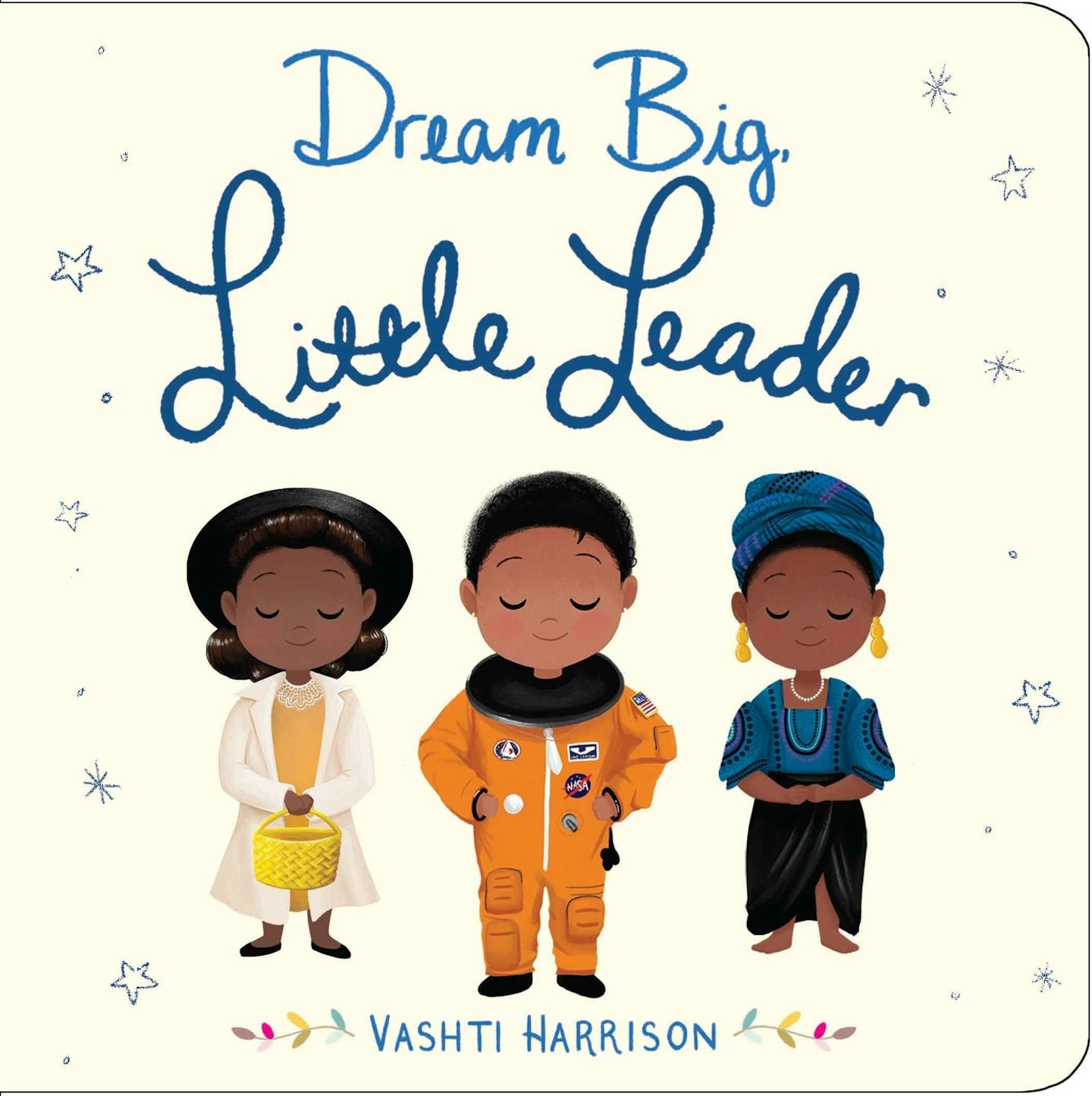 1 of 10
1 of 10Dream Big, Little Leader by Vashti Harrison (2+, non-fiction)
A lovely little board book to inspire even the youngest reader, as well as teaching them about some inspirational Black women in history. It's never too early to start educating children.
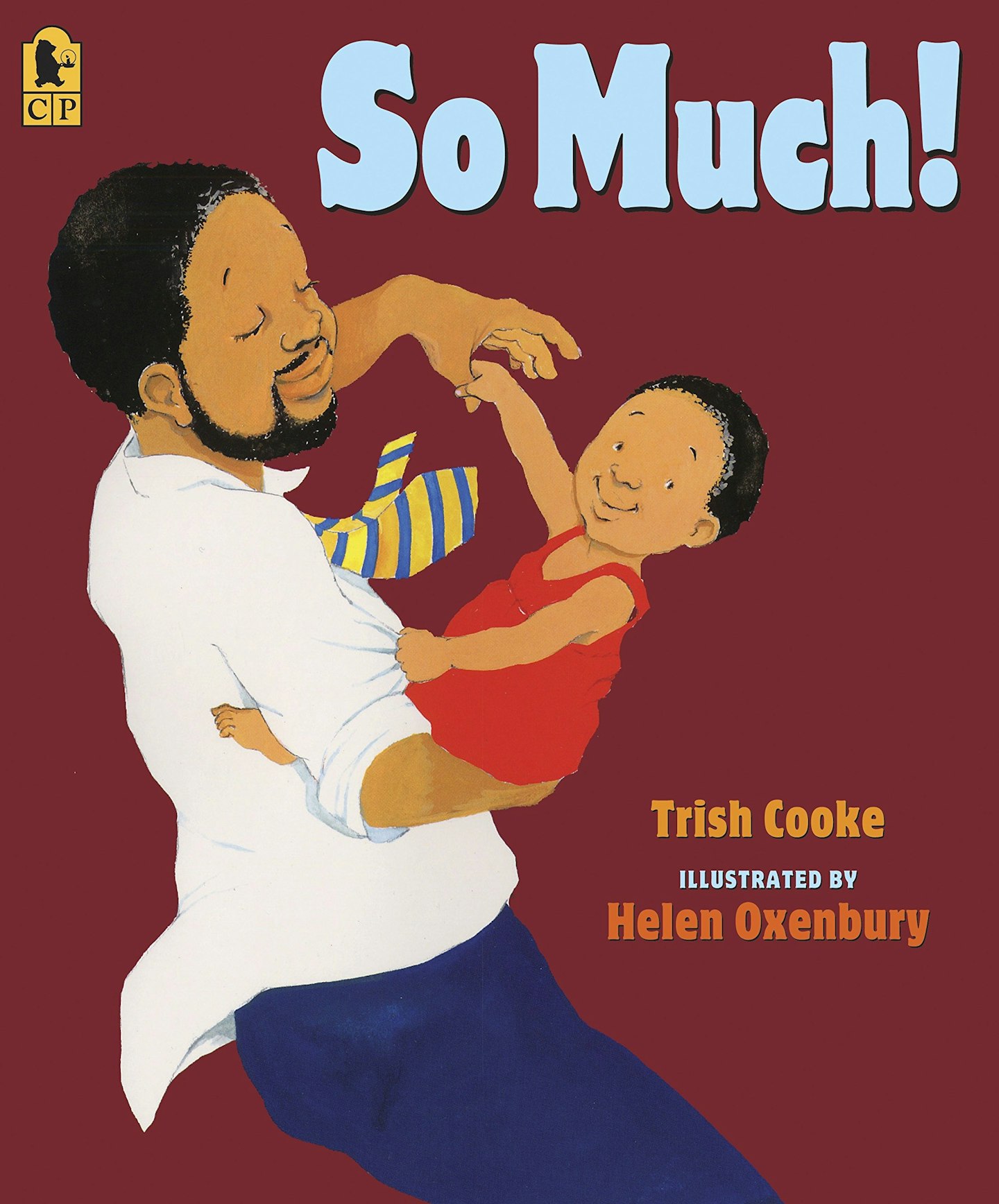 2 of 10
2 of 10So Much by Trish Cooke (2+, fiction)
A classic - and one I remember my dad reading to me often! This book is a joy, and features all of the wonderful family members in baby's life that love him 'so much', and the ways that they show that love.
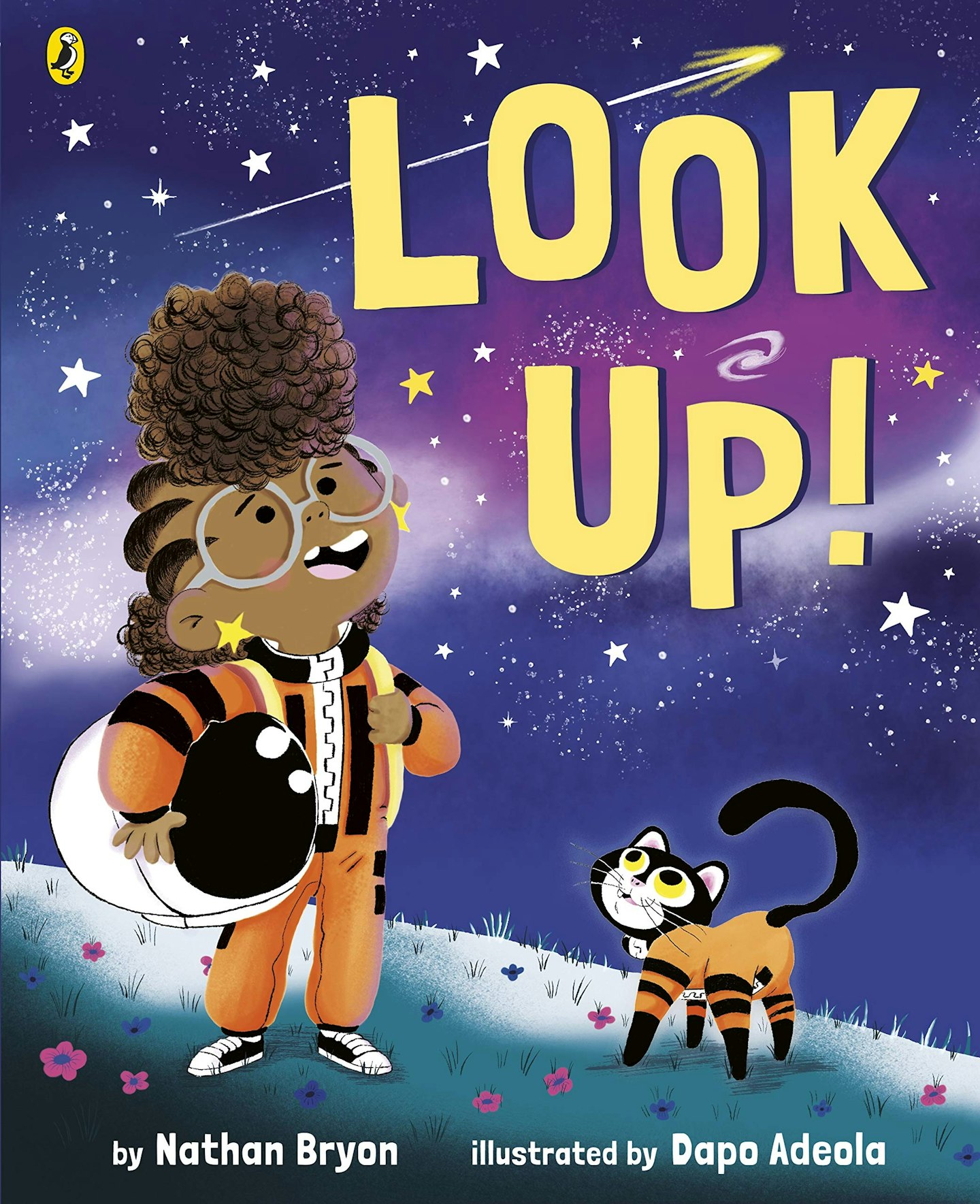 3 of 10
3 of 10Look Up! by Nathan Bryon & Dapo Adeola (3+, fiction)
A truly beautiful book - and beloved at Round Table Books! This wonderfully illustrated picture book is all about Rocket, a young girl obsessed with the stars, and her determination to get her community - and also her brother - to look up and experience the joys of the stars with her!
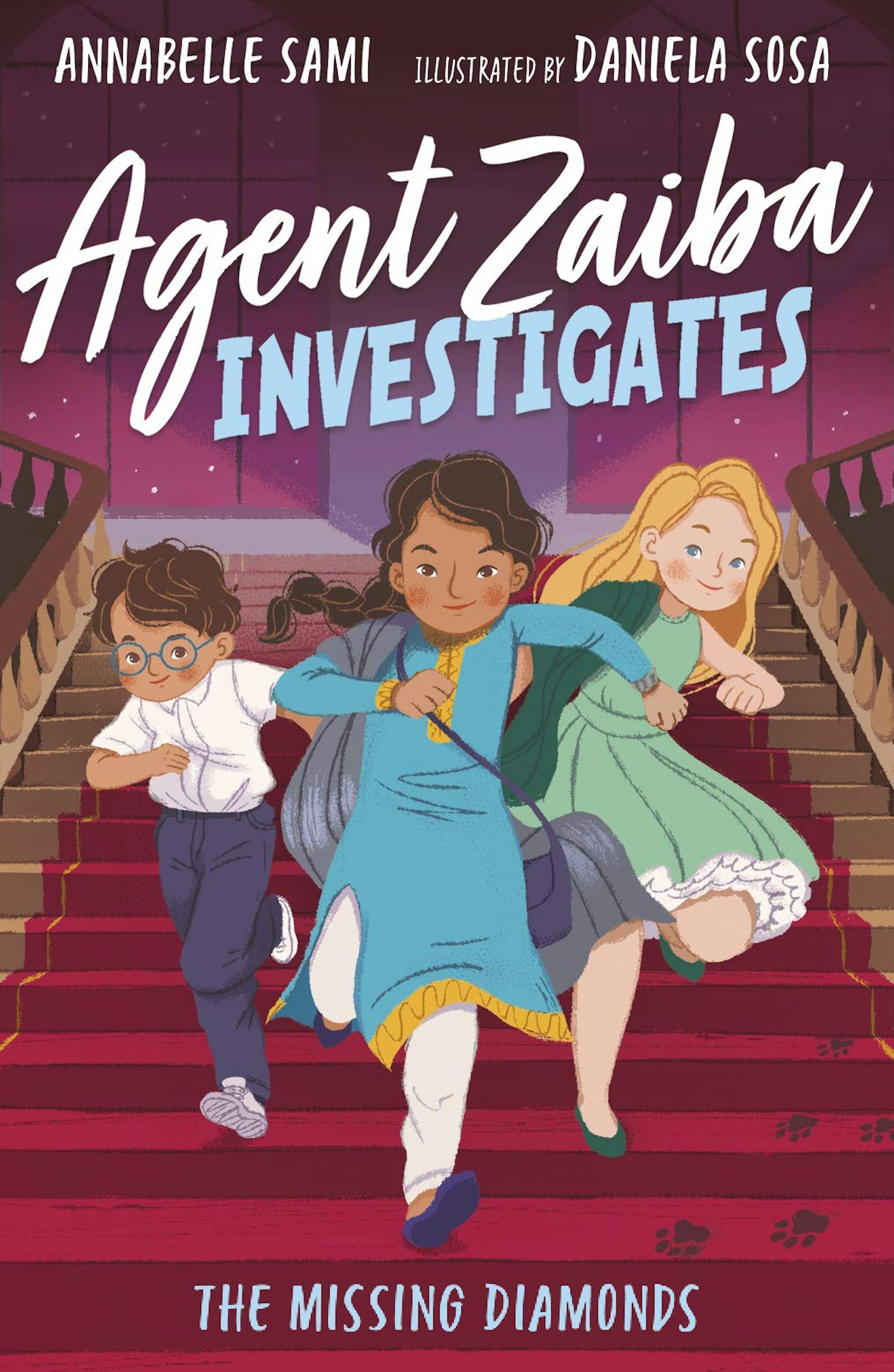 4 of 10
4 of 10Agent Zaiba Investigates: The Missing Diamonds by Annabelle Sami (7+, fiction)
This fun and inspiring mystery novel is great for young readers, and has a brilliant friendship at its core.
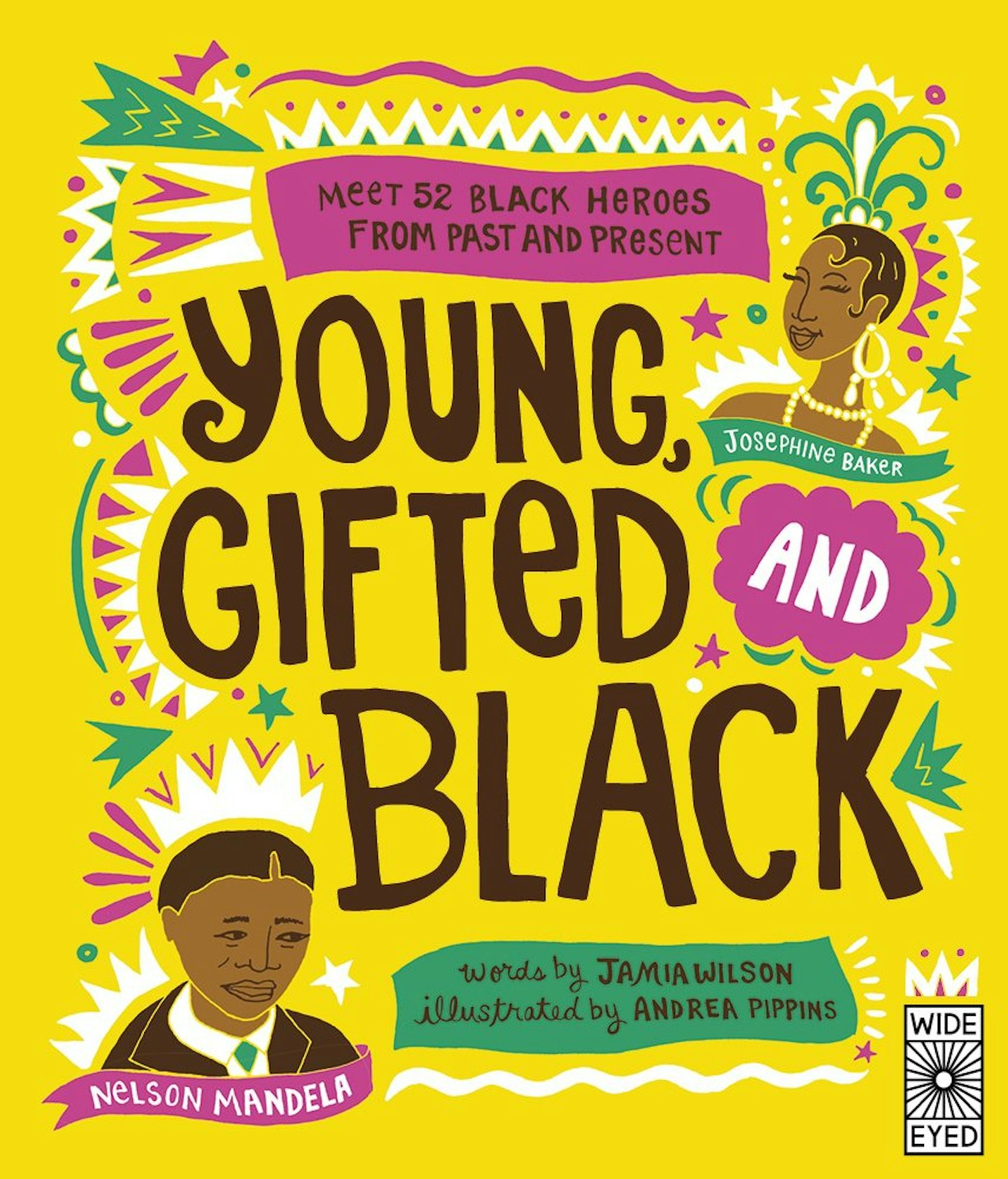 5 of 10
5 of 10Young, Gifted and Black by Jamia Wilson and Andrea Pippins (8+, non-fiction)
A celebration of the achievements of 52 inspirational Black people, past and present, from homeland abroad. This is an excellent educational tool, as well as something to cherish for life.
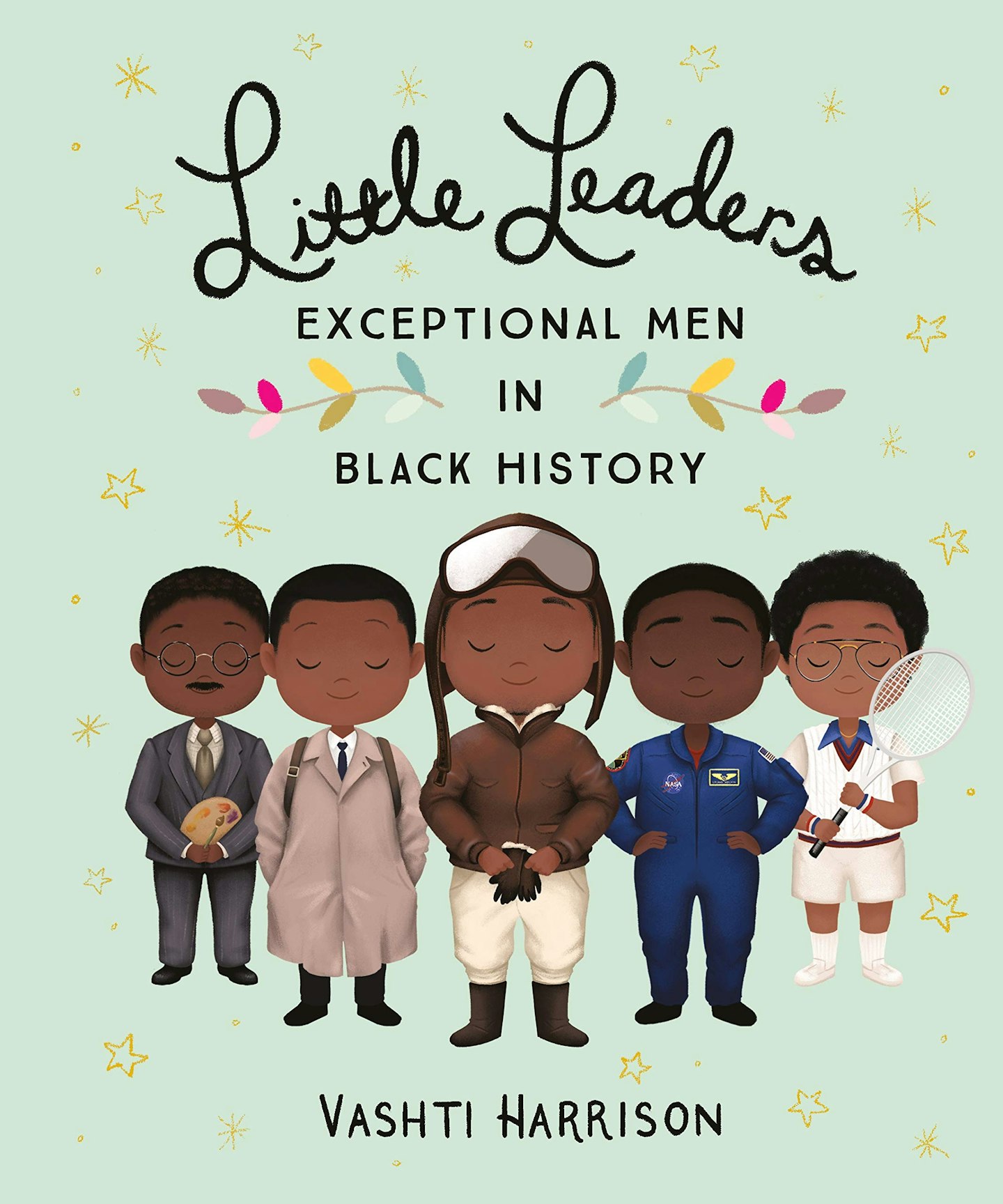 6 of 10
6 of 10Exceptional Men in Black History by Vashti Harrison (8+, non fiction)
Another must have for every child. This book will inspire young readers, while also learning about many Black men in history that have changed the world with their actions, as well as some present day heroes.
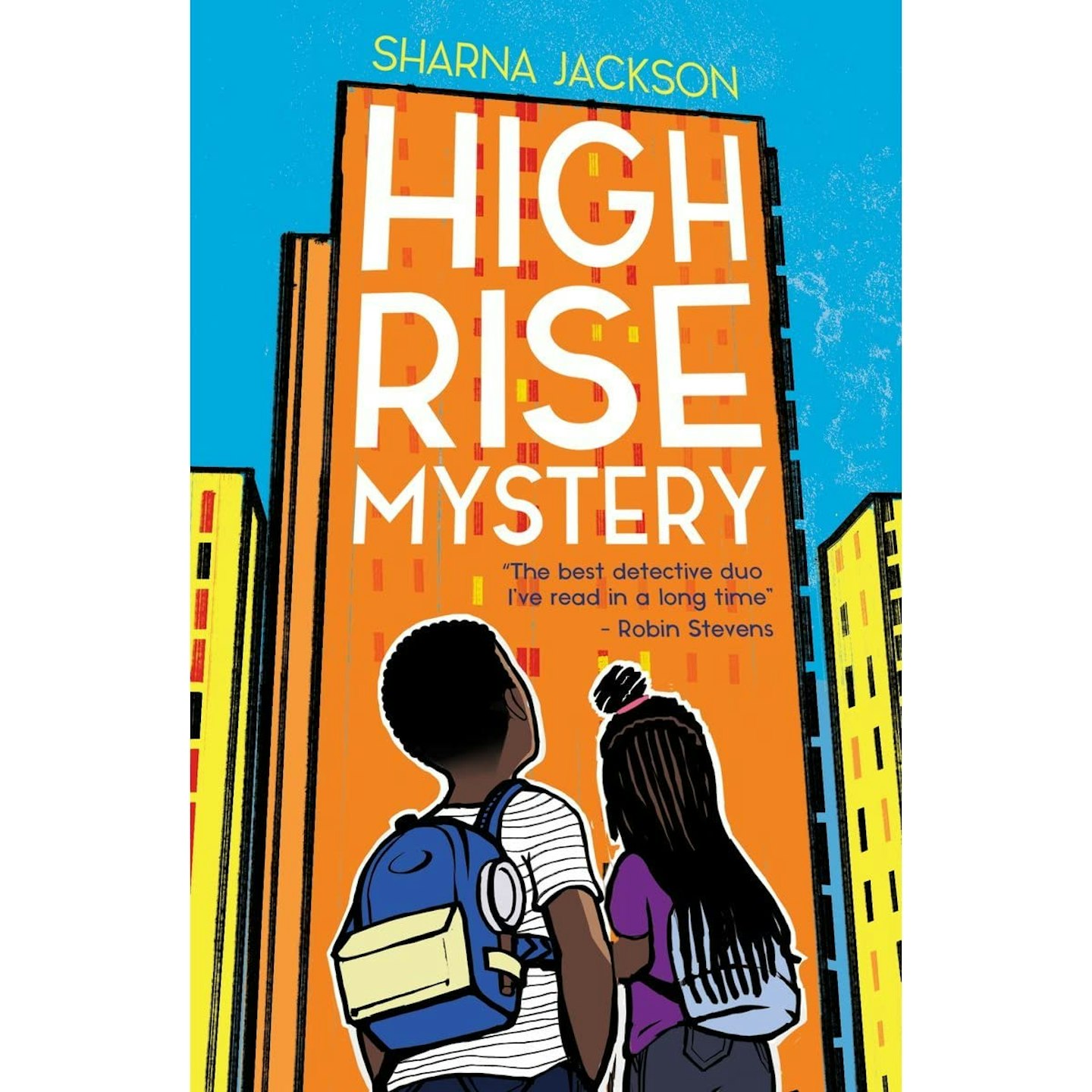 7 of 10
7 of 10High Rise Mystery by Sharna Jackson (9+, fiction)
A British murder mystery with two young detectives, Nik and Norva, who are determined to solve the case. A brilliant book from a masterful author - as you read you can feel the heat of the sweltering summer!
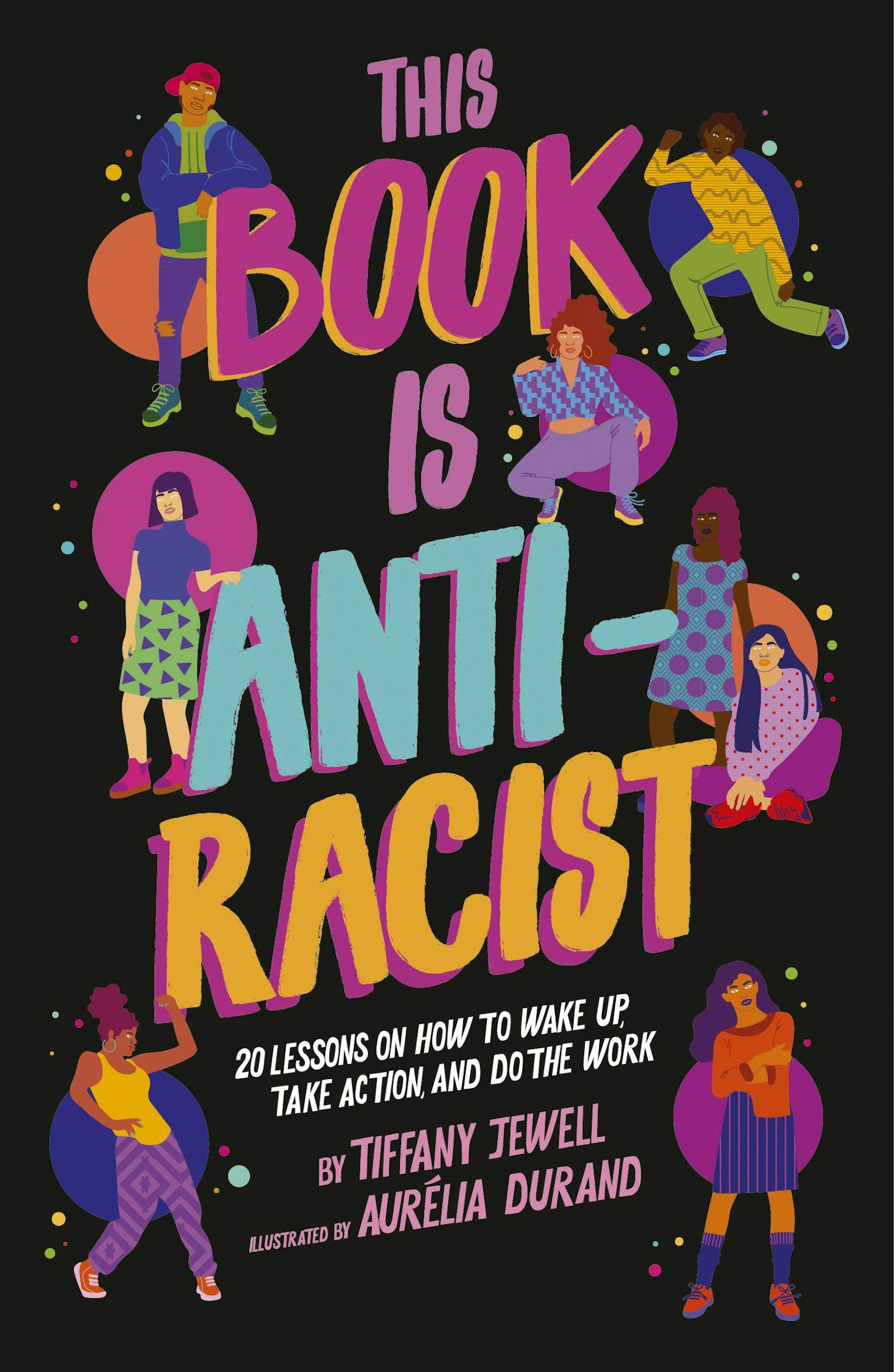 8 of 10
8 of 10This Book is Anti-Racist by Tiffany Jewell and Aurelia Durand (10+, non-fiction)
An excellent start for educating children on what racism is and how to go about becoming anti-racist. It's a brilliant resource with very powerful illustrations throughout.
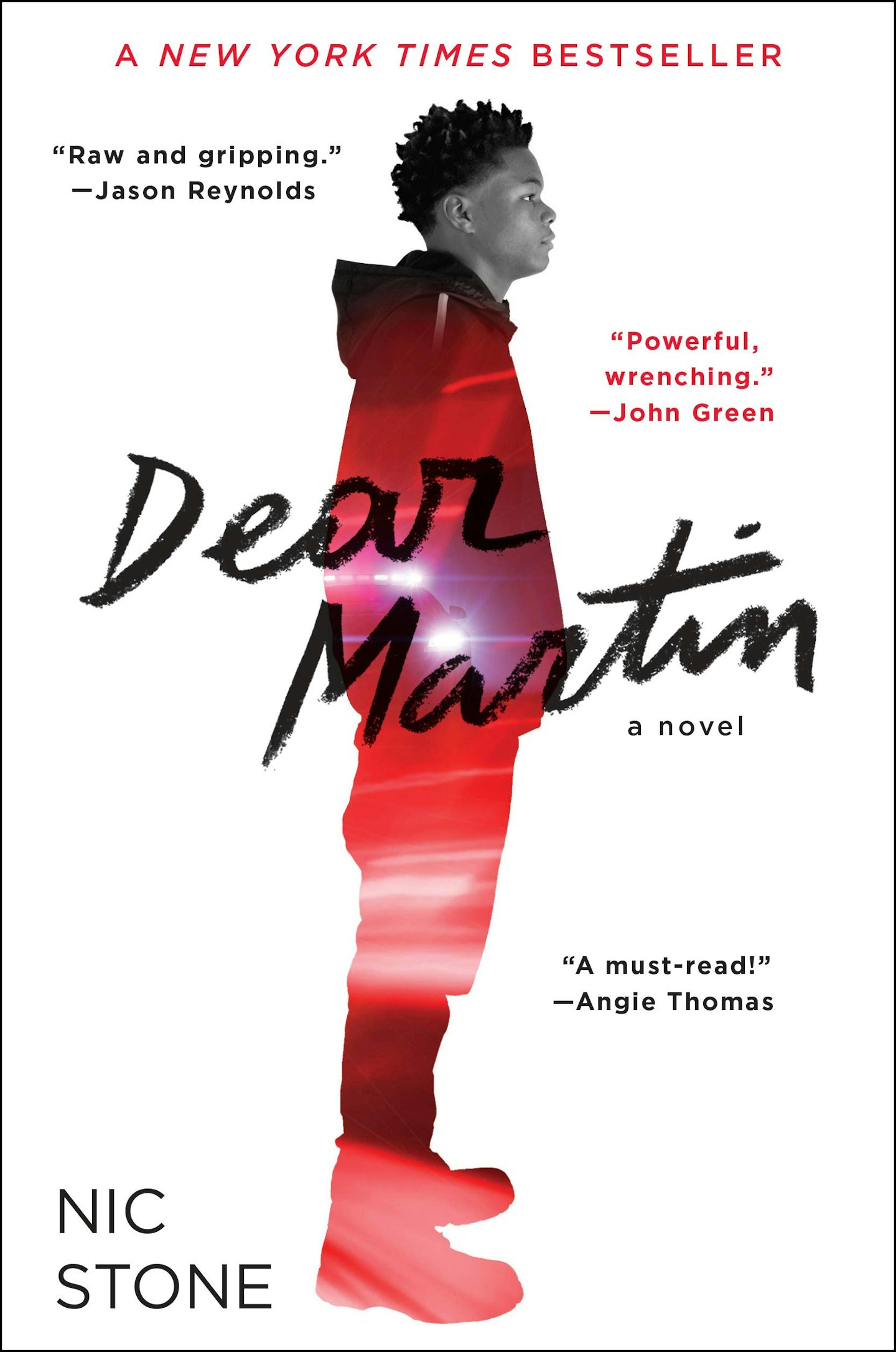 9 of 10
9 of 10Dear Martin by Nic Stone (14+, fiction)
A captivating novel. Justyce is top of his class, dreams set on going to an Ivy League college, but the police don't care about any of that when they put him in cuffs - they just see the colour of his skin. Told with letters to Dr. Martin Luther King Jr as Justyce tries to gather his thoughts, this is one book every teenager should read. The sequel, Dear Justyce, is out later this year.
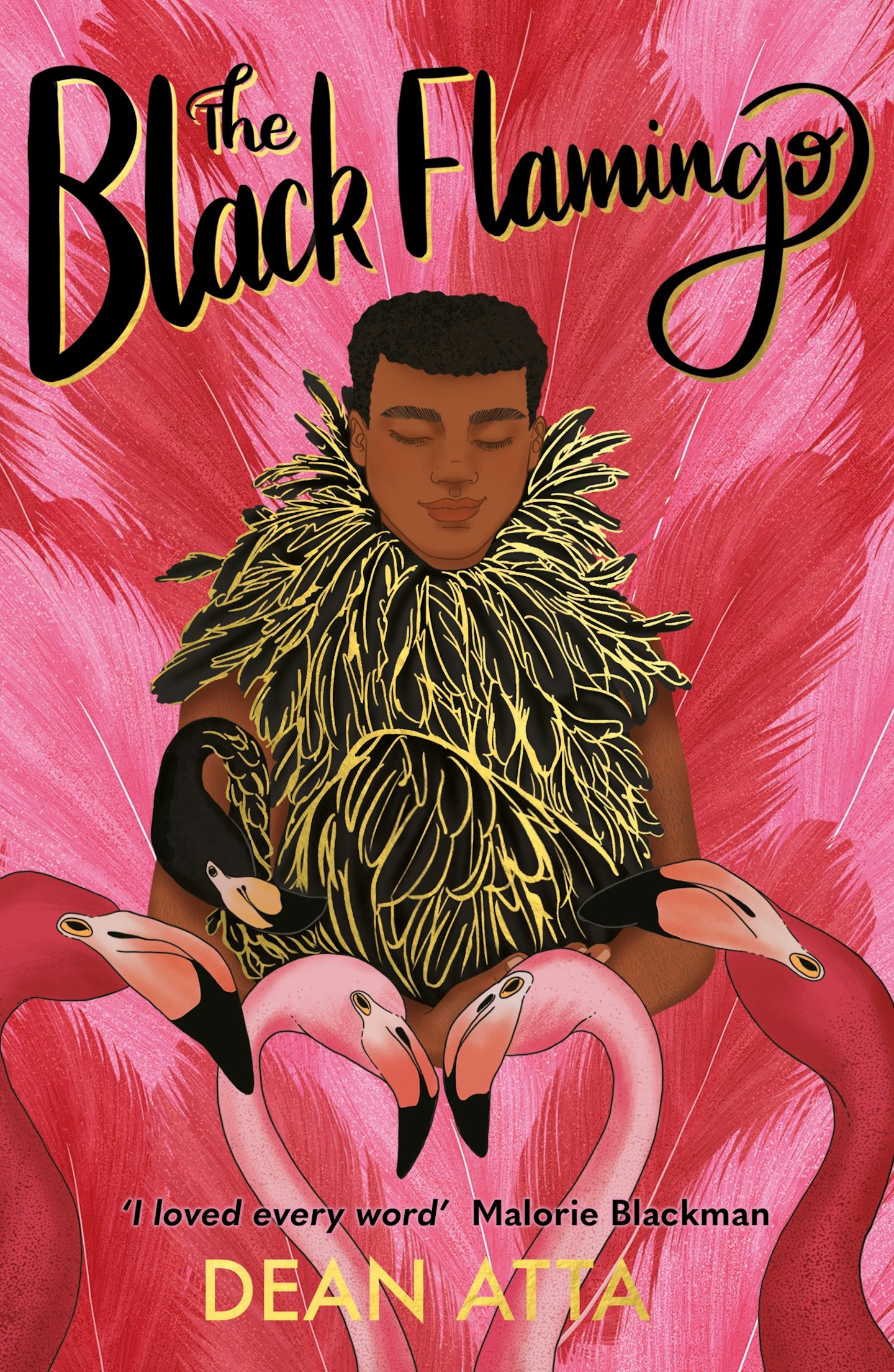 10 of 10
10 of 10The Black Flamingo by Dean Atta (14+, fiction)
This incredibly raw debut novel excellently captures internal struggles of growing up and learning to find your voice. Written in verse, this is one that is sure to make you shed a tear.
.jpg?ar=16%3A9&fit=crop&crop=top&auto=format&w=1440&q=80)